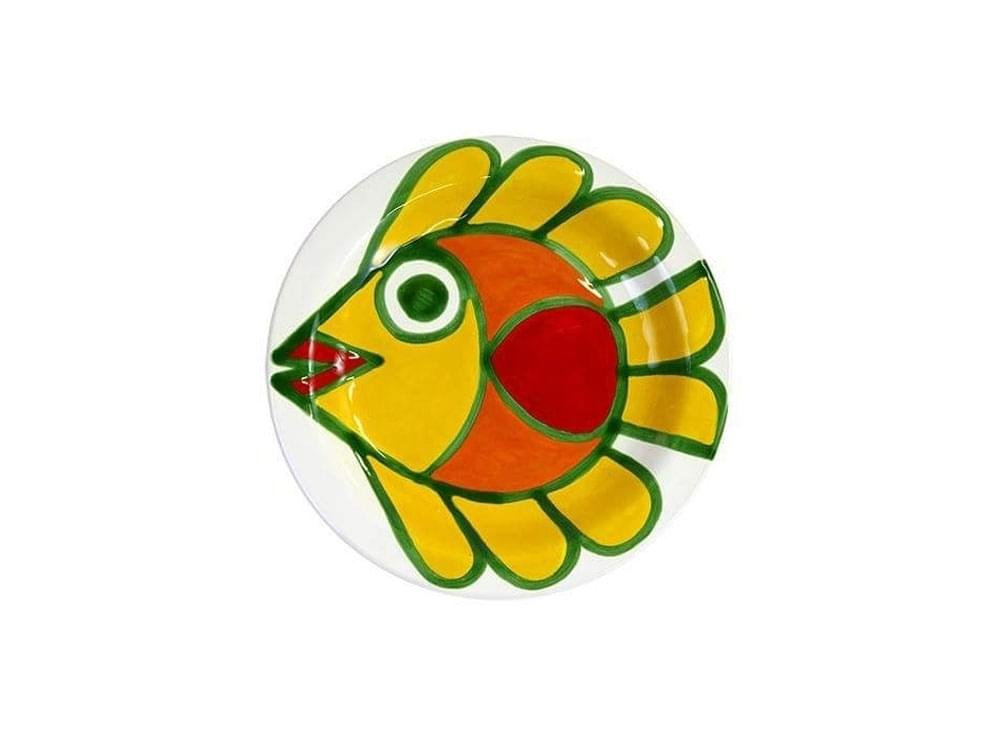
Nestled in the heart of Italy, Tuscany is a region synonymous with rolling hills, artistic legacy, and viticultural excellence. Its wines, steeped in history and tradition, are as varied as the landscapes from which they hail. This article delves into the heart of Tuscany's winemaking heritage, exploring the nuances that make its wines celebrated across the globe.
The story of Tuscan wine begins in antiquity. The Etruscans, the region's early inhabitants, were cultivating vines and fermenting grapes long before the Romans espoused the virtues of Bacchus. The Middle Ages saw a refined focus on winemaking, with monastic orders perfecting the art. By the time of the Renaissance, Tuscany was already established as a haven for oenophiles.
Tuscany's geography is a tapestry of rolling hills, coastal plains, and mountain ranges. This topography, coupled with the Mediterranean climate, creates a patchwork of microclimates ideal for viticulture. The combination of warm, sunny days and cool evenings allows for a gradual, balanced ripening of grapes, a critical factor in the production of fine wines.
Central to Tuscan winemaking is the Sangiovese grape, the cornerstone of the region's most celebrated red wines. It is a grape that reflects the terroir's influence, displaying a range of flavors from earthy and rustic to round and fruit-forward. Other notable red varieties include Canaiolo, Colorino, and international varieties such as Merlot and Cabernet Sauvignon. White wine grapes, such as Trebbiano and Vernaccia, hold their own, especially in the production of Vin Santo, the esteemed dessert wine.
When one speaks of Tuscan wine, Chianti often comes to mind. This historic wine zone is subdivided into various appellations, with Chianti Classico being the most prestigious. These wines, primarily based on Sangiovese, are known for their acidity, tannins, and characteristic cherry notes. The 'Gallo Nero', or Black Rooster, symbolizes Chianti Classico, assuring the consumer of the wine's provenance and quality.
Montalcino and Montepulciano are two storied Tuscan towns that have given their names to two of Italy's most revered wines: Brunello di Montalcino and Vino Nobile di Montepulciano. Brunello, a robust wine with the ability to age for decades, is made entirely from a local Sangiovese clone known as Sangiovese Grosso. Vino Nobile, while also primarily Sangiovese, can include a blend of other local grape varieties, offering a slightly more approachable profile with a still significant aging potential.
The 1970s heralded a new era for Tuscan wine with the emergence of 'Super Tuscans'. Dissatisfied with the restrictions of DOC regulations, pioneering winemakers began crafting wines with non-indigenous varieties such as Cabernet Sauvignon and Merlot, often blended with Sangiovese. These high-quality wines, though initially outside the DOC/DOCG framework, were instrumental in elevating the global perception of Italian winemaking.
Traditional Tuscan winemaking is characterized by the use of large oak casks, which impart subtle nuances to the wine while preserving its distinct fruit characteristics. Modernists, however, may opt for small French barriques, which confer more pronounced oak flavors and tannins. This duality of old and new is a testament to Tuscany's ability to honor its past while embracing the future.
Tuscan cuisine, with its emphasis on fresh, high-quality ingredients, is a perfect complement to the region's wines. The acidity and tannins of Tuscan reds cut through the richness of dishes like Bistecca alla Fiorentina or wild boar ragù. White Tuscans and Vin Santo provide a delightful contrast to the region's cheeses and seafood offerings.
In recent years, sustainability has become a focal point for many Tuscan wineries. Organic and biodynamic farming practices are increasingly prevalent, reflecting a commitment to environmental stewardship and the production of wines that are expressive of their natural terroir.
The allure of Tuscan wine is enhanced by the region's vibrant wine tourism industry. Visitors are welcomed to expansive estates and quaint family-run vineyards alike, with experiences ranging from cellar tours and tastings to full immersive harvest activities.
Tuscany's winemaking future is as bright as its storied past. With a new generation of winemakers at the helm, the region continues to evolve, experimenting with new grape varieties and winemaking techniques while maintaining the integrity and excellence that the world has come to expect from Tuscan wines.
In conclusion, the wines of Tuscany embody the essence of the region: its history, its land, and the people who have perfected the art of capturing both in a bottle. From the robust Chianti to the prestigious Brunello, the innovative Super Tuscans to the sweet Vin Santo, each wine tells a story. It is a narrative of tradition, of innovation, and of unwavering dedication to excellence—a narrative that continues to unfold with each passing vintage.

More Details
Tuscany is one of Italy's most famous and prolific wine regions, and it is known for producing some of the world's most notable wine styles. Below is a comprehensive list of the key Tuscan wines that enthusiasts and connoisseurs celebrate:
Tuscany also produces a range of IGT wines (Indicazione Geografica Tipica), a category often used for Super Tuscans but also encompassing wines that don't fit into the strict DOC/DOCG laws but still maintain high quality.
This list provides an overview of the key Tuscan wines, but the region's diversity ensures that there are many more
Other major red varieties are Ciliegolo, Gaglioppo, Lagrein, Lambrusco, Monica, Nerello Mascalese, Pignolo, Primitivo (Zinfandel in California), Refosco, Schiava, Schiopettino, Teroldego, and Uva di Troia. "International" varietals such as Merlot, Cabernet Sauvignon, Syrah, and Cabernet Franc are also widely grown.
Other important whites include Carricante, Catarratto, Coda de Volpe, Cortese, Falanghina, Grechetto, Grillo, Inzolia, Picolit, Traminer, Verduzzo, and Vernaccia. As far as non-native varietals, the Italians plant Chardonnay, Gewürztraminer (sometimes called traminer aromatico), Riesling, Petite Arvine, and many others.